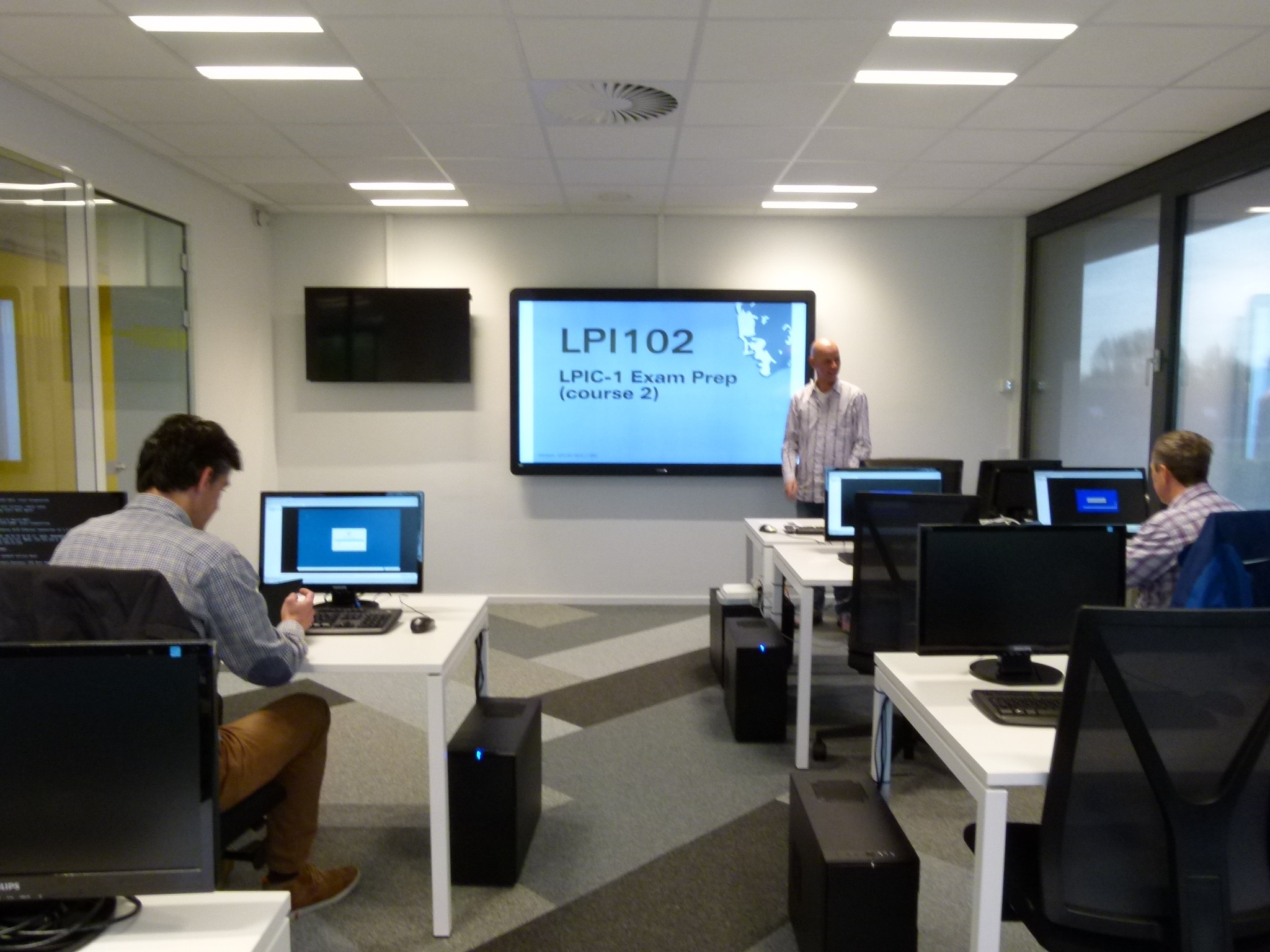Menu
In deze cursus leren deelnemers succesvol een XenDesktop 7-omgeving met desktop en apps te ontwerpen, op basis van de architecturen en projecten die door de meeste Citrix-klanten worden gebruikt, in verschillende branches en gebruikssituaties. Deelnemers hebben ook de mogelijkheid om een ontwerp te bouwen voor hun eigen organisatie en krijgen toegang tot alle hulpmiddelen en referentiematerialen die hen bij hun werkzaamheden kunnen helpen.
Deze cursus staat onder leiding van een Citrix Certified Instructor (CCI) en bestaat uit demonstraties en het praktisch toepassen van concepten via actieve en toepassingsgerichte oefeningen.
Bij Ictivity Training is een examenvoucher bij de prijs van deze Citrix training inbegrepen!
Meer informatie
Het is ook mogelijk om de training virtueel te volgen. Dezelfde leerervaring als klassikaal waarbij je de trainer en medecuristen ziet en hoort maar dan vanaf thuis. De planning en kosten blijven gelijk.
Een klassikale cursus van Ictivity Training geeft je de garantie dat je uitstekend wordt opgeleid in een moderne comfortabele leeromgeving door de meest deskundige trainers op hun vakgebied. In aaneengesloten dagen volg je de training op één van onze locaties. Tijdens de klassikale training heb je de beschikking over moderne apparatuur in een rustige leeromgeving. Trainingen bestaan uit een gedeelte theorie maar je krijgt ook veel oefeningen die de dagelijkse praktijk nabootsen.
meest deskundige trainers op hun vakgebied. In aaneengesloten dagen volg je de training op één van onze locaties. Tijdens de klassikale training heb je de beschikking over moderne apparatuur in een rustige leeromgeving. Trainingen bestaan uit een gedeelte theorie maar je krijgt ook veel oefeningen die de dagelijkse praktijk nabootsen.
Ictivity Training heeft in Nederland locaties in Utrecht (Vianen) en Eindhoven, tevens is het mogelijk om een locatie naar wens aan te vragen. Indien je niet wenst te reizen, kun je de training remote volgen via Virtual Classroom
Deze leervorm begint met een intakegesprek tussen een Learning Consultant van Ictivity Training en de opdrachtgever. Hierbij inventariseren we de beginsituatie, de doelstelling, de praktijksituatie en het verwachtingspatroon van de deelnemer(s). Met de gegevens maken wij het trainingsprogramma op maat.
Voordelen:
Deze cursus is aanbevolen voor ontwerpers van systemen voor desktopvirtualisatie, zoals systeemarchitecten, adviseurs en technici.
Bij aanvang van de training wordt er van uitgegaan dat de deelnemers over de volgende kennis beschikken:
Na afloop van de cursus zijn de cursisten bekend met het volgende:
Je kunt hier het examen boeken voor deze training: 1Y0-400
| Code: | CXD-400 |
| Leervorm: | Klassikaal |
| Dagen: | 5 |
|
€
2800
|
Per persoon
excl. BTW |
|
Naar inschrijfpagina |
|
Deze trainingen kunnen wij ook als maatwerk bij jou / ons op locatie.